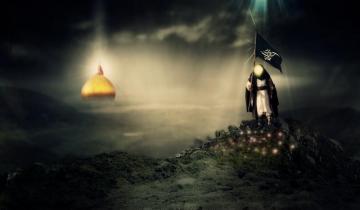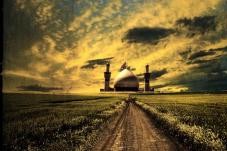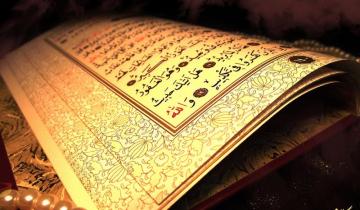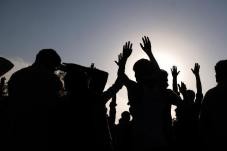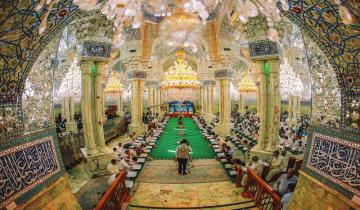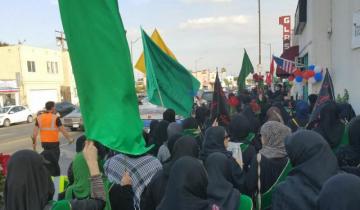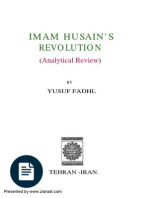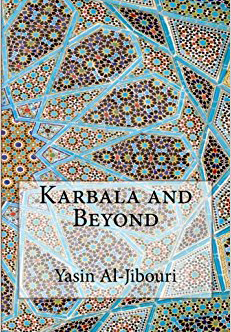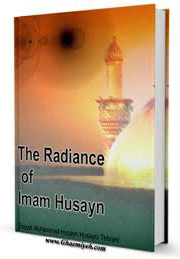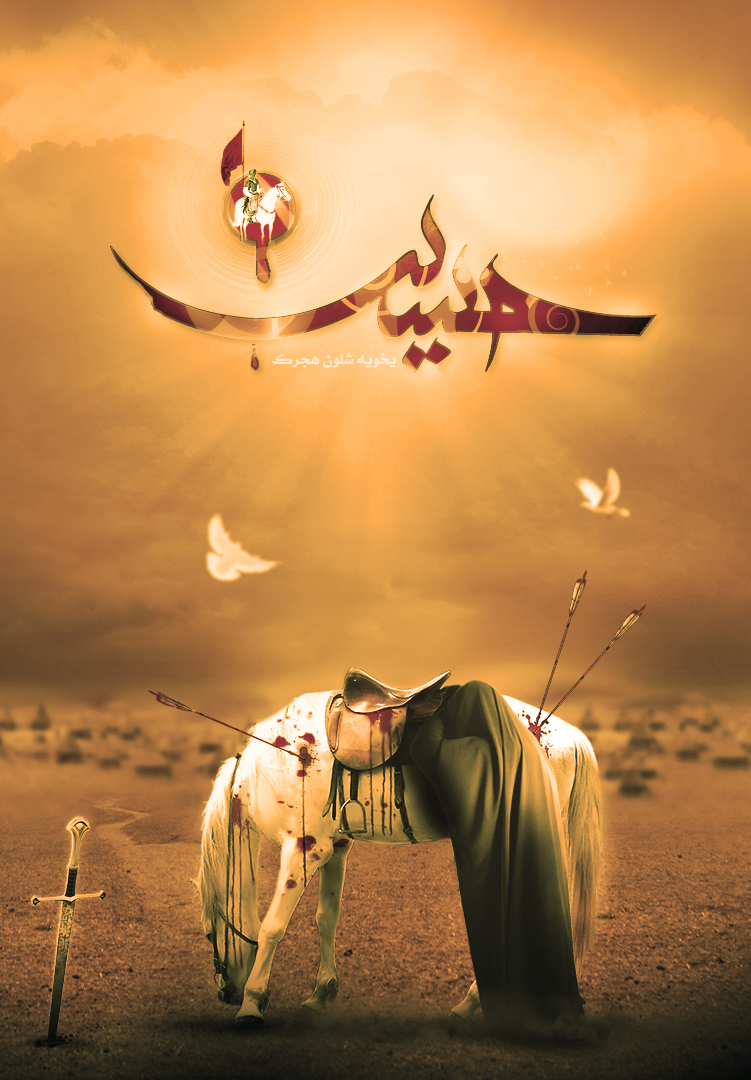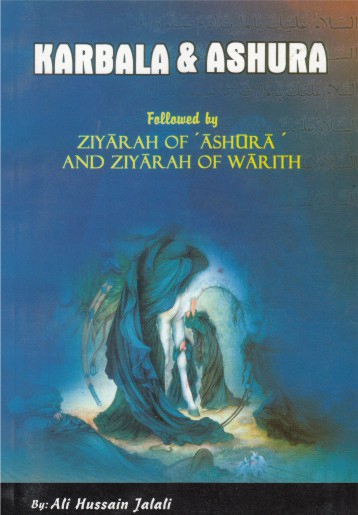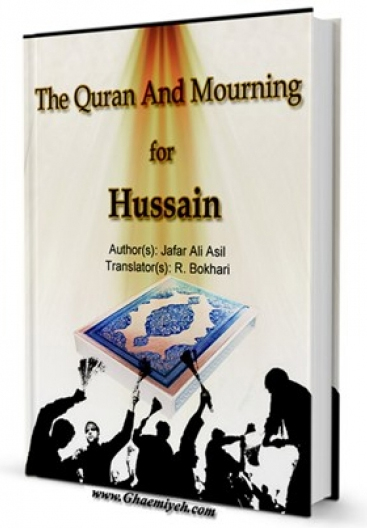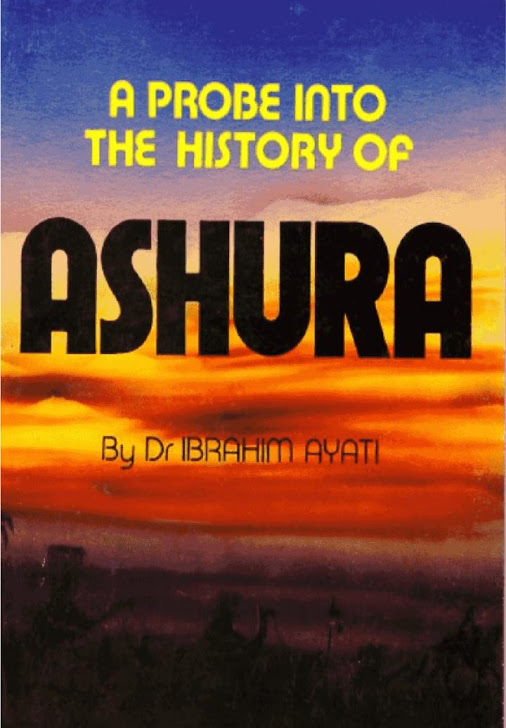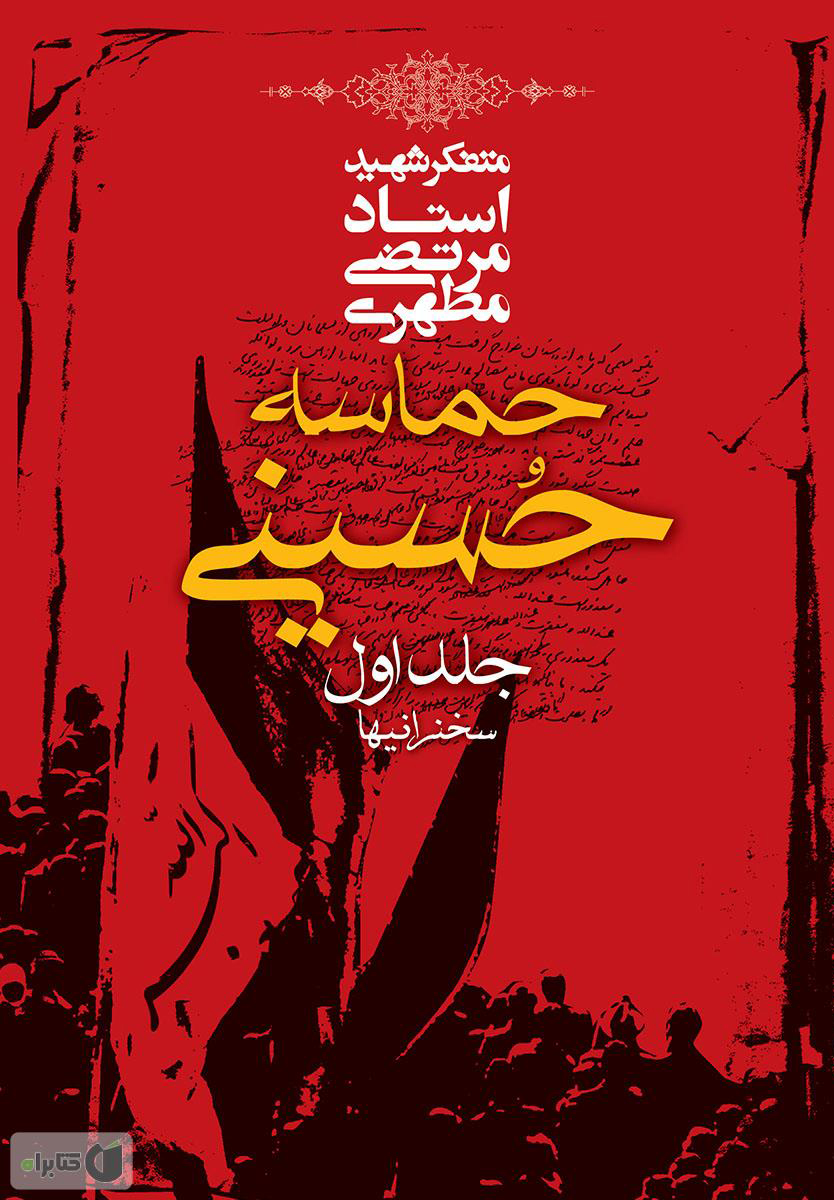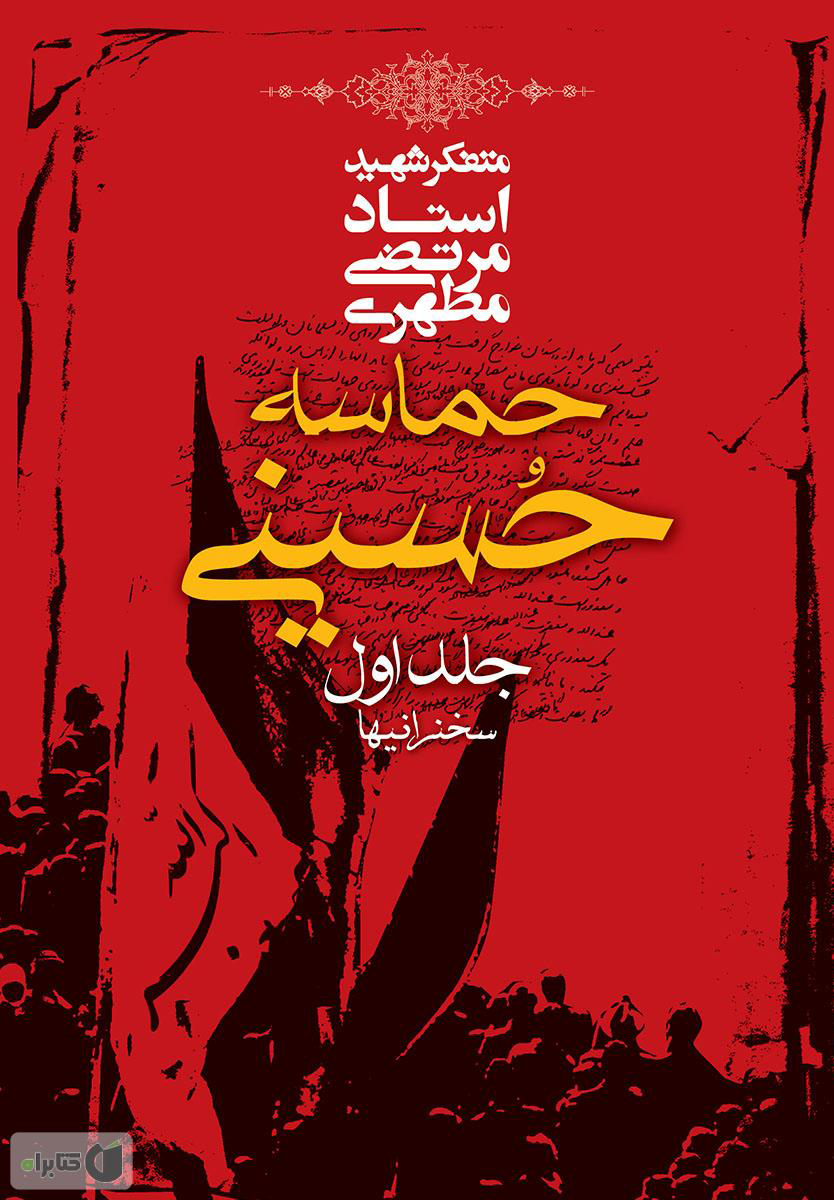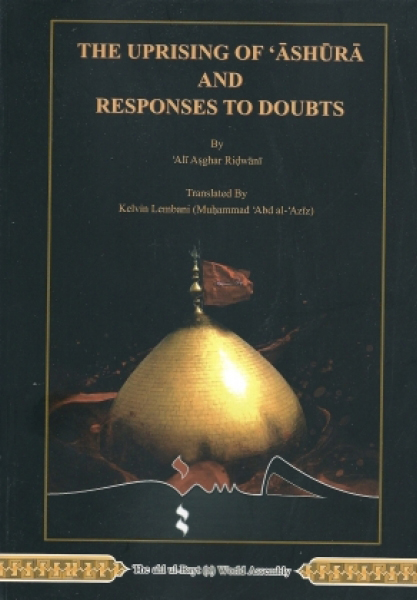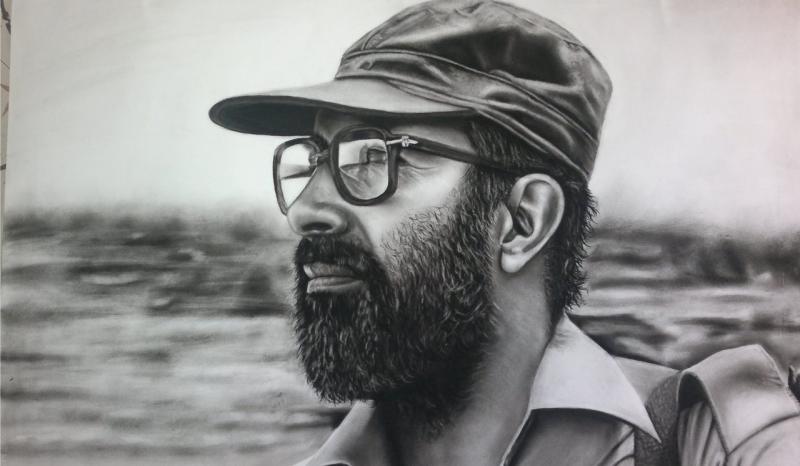
Mostafa Chamran Save'ei was an Iranian physicist, politician, commander and guerrilla who served as the first defense minister of post-revolutionary Iran and as member of parliament, as well as the commander of paramilitary volunteers in Iran–Iraq War, known as "Irregular Warfare Headquarters". He was killed during the Iran–Iraq War. In Iran, he is known as a martyr and a symbol of an ideological and revolutionary Muslim who left academic careers and prestigious positions as a scientist and professor in the US, University of California, Berkeley and migrated in order to help the Islamic movements in Palestine, Lebanon, Egypt as a chief revolutionary guerilla, as well as in the Islamic revolution of Iran. He helped to found the Amal Movement in southern Lebanon.
Dr. Mostafa Chamran was born in a religious family in Tehran, 8th March 1932. He received his elementary education in Entessarieh school and his secondary education in Darolfonun and Alborz schools. Since his fifteen, he attended the courses of Koran interpretation in late Taleqani’s classes in Hedayat Mosque, and Morteza Mottahhari’s logic and philosophy courses. He began his political activity in his late years of high school. He entered the university of Tehran to study electro mechanics. Four years he graduated as a top student. He was one of the first and active members of students’ Islamic society of Tehran university.
Subsequent to 19th August, 1953 coup, he became a member of Iran National Resistance Movement. He was responsible to distribute Rahe Mossaddeq, the organ of the movement in the university of Tehran.
In the late 1950s, he moved to the United States for higher education. He received scholarship to follow his studies in the United States, 1958. He graduated in electronics and Plasma physics with merits from California University in Berkley. He was employed in Bell Institute of New jersey. He played an important role in formation of student circles against Pahlavi regime and especially in the formation of Islamic society of students in United States. He published many articles in 16th Azar, the organ of Iranian students in United States during 1961-1963.
Dr. Chamran was a member of Iran Freedom Movement in foreign countries founded in 1962. Following the suppression of 4thJune, 1963 rising by the Pahlavi regime, the Freedom Movement change its fighting tactics against the Pahlavis. The common parliamentary methods would not respond any more. So it was decided to train the needed military groups for the movement in Algeria and Egypt. Following some talks, some of the volunteers including Dr. Chamran left for Egypt to attend military training courses.
Sama was the first Iranian secret organization which embarked to see partisan training to fight against Pahlavi regime. Dr. Chamran attended the courses under the pseudonym "Jamal". He went to Lebanon in 1966. After a short while, he returned to the United States and made preparations for his great immigration to Lebanon. Again, in 1960, he went to Lebanon at the invitation of Imam Mussa Sadr, the leader of Lebanon Shiites. He became the principal of Jabalamel technical school. Dr. Chamran’s activity in the company of Imam Musa Sadr added new dimensions to the actions of the Shiites. The aforesaid school became the center of teaching political, ideological and military courses to the youth, and deepened the relationship with the Palestinian camps. To support the Palestinian causes, he cooperated with the Palestine Liberation Organization against Israel.
Dr. Chamran collaborated with Imam Musa Sadr to found he Harekatal mahrumin and Amal organization. Upon the onset of Lebanon civil war in 1975, these two organizations played important roles in safeguarding the rights of Lebanon Shiite population.
He fought to defend the Shiah region personally. He led the operations in Damvar of south Beirut. Disappearance of Imam Musa Sadr in September 1978 was a heavy blow to Dr. Chamran. Following the success of Islamic revolution and establishment of the temporary government, Chamran came to Iran with the deputies of Lebanon high assembly, and met with Imam Khomeini. In Iran, he was appointed as the prime minister’s deputy in revolutionary affairs by Bazargan, then the prime minister. In this office, he helped to take back Paveh from the opportunists and anti revolutionary forces. Due to his valuable experiences, he was appointed minister of defense in the temporary government.
He entered the first majlis after revolution. He also was appointed by Imam Khomeini as his representative in the high council of defense in May 1980.
Upon the break of war between Iran and Iraq, he went to Ahwaz and founded the center of partisan fights, employing all his valuable experiences in fights with Israel in war with Iraq. Eventually, he was shot in Dehlavieh nearest point to the enemy in 20th June 1981, and passed away after long years of struggle to defend his homeland and high values.
Chamran was married to Tamsen Heiman, an American Muslim, in 1961. They had one daughter Roushan and three sons Ali, Jamal and Rahim. Jamal was drowned in childhood and the rest of them live in the US. After migrating to Lebanon, due to the difficulties they were facing, Tamsen left Chamran in 1973 and went back to the US. She died in 2009.
Later on Chamran was married to a woman from Lebanon, Ghadeh Jaber.
Imam Khomenei publicly proclaimed Chamran as a "proud commander of Islam." Chamran was posthumously given a hero status, and many buildings and streets in Iran and Lebanon were named for him, as well as a major expressway. In 2012, Mohsen Alavi Pour published Chamran's biography. A species of moth were named after him in 2013. Nick Robinson published an English biography of Chamran in the United Kingdom in 2013, '22: Not a new lifestyle for those who thirst for humanity!'
In 2014 a film named 'Che' was released to honor Chamran. The film portrays two days of Chamran's life after the Islamic Revolution defending Paveh and received lots of attention and won some awards.
SOURCES:
1. https://en.wikipedia.org/wiki/Mostafa_Chamran
2. http://www.muslimpress.com/Section-islam-22/104845-the-life-of-mostafa-chamran
-
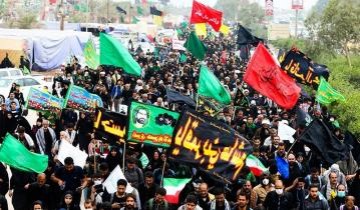 Arbaeen 2017: Pilgrims Flocking to Karbala for Arbaeen (PHOTOS)
Arbaeen 2017: Pilgrims Flocking to Karbala for Arbaeen (PHOTOS)
-
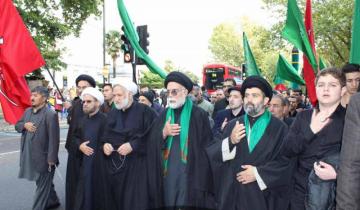 Ashura 2016: The annual Ashura day procession in London (PHOTOS)
Ashura 2016: The annual Ashura day procession in London (PHOTOS)
-
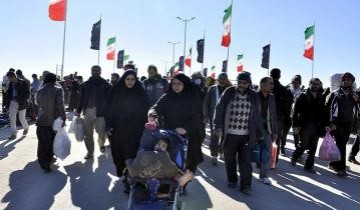 Arbaeen 2016: World Shiite Muslims Commemorate Arbaeen (PHOTOS)
Arbaeen 2016: World Shiite Muslims Commemorate Arbaeen (PHOTOS)
-
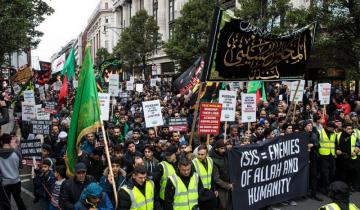 Ashura 2017: Thousands of Muslims march on Ashura day in London (PHOTOS)
Ashura 2017: Thousands of Muslims march on Ashura day in London (PHOTOS)
-
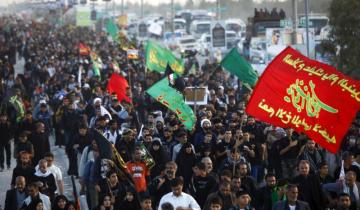 Arbaeen 2015: Millions of pilgrims throng Iraq's Karbala (PHOTOS)
Arbaeen 2015: Millions of pilgrims throng Iraq's Karbala (PHOTOS)
 Library
Library 






